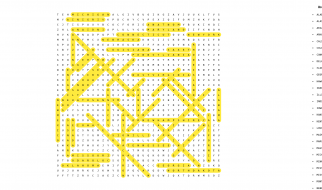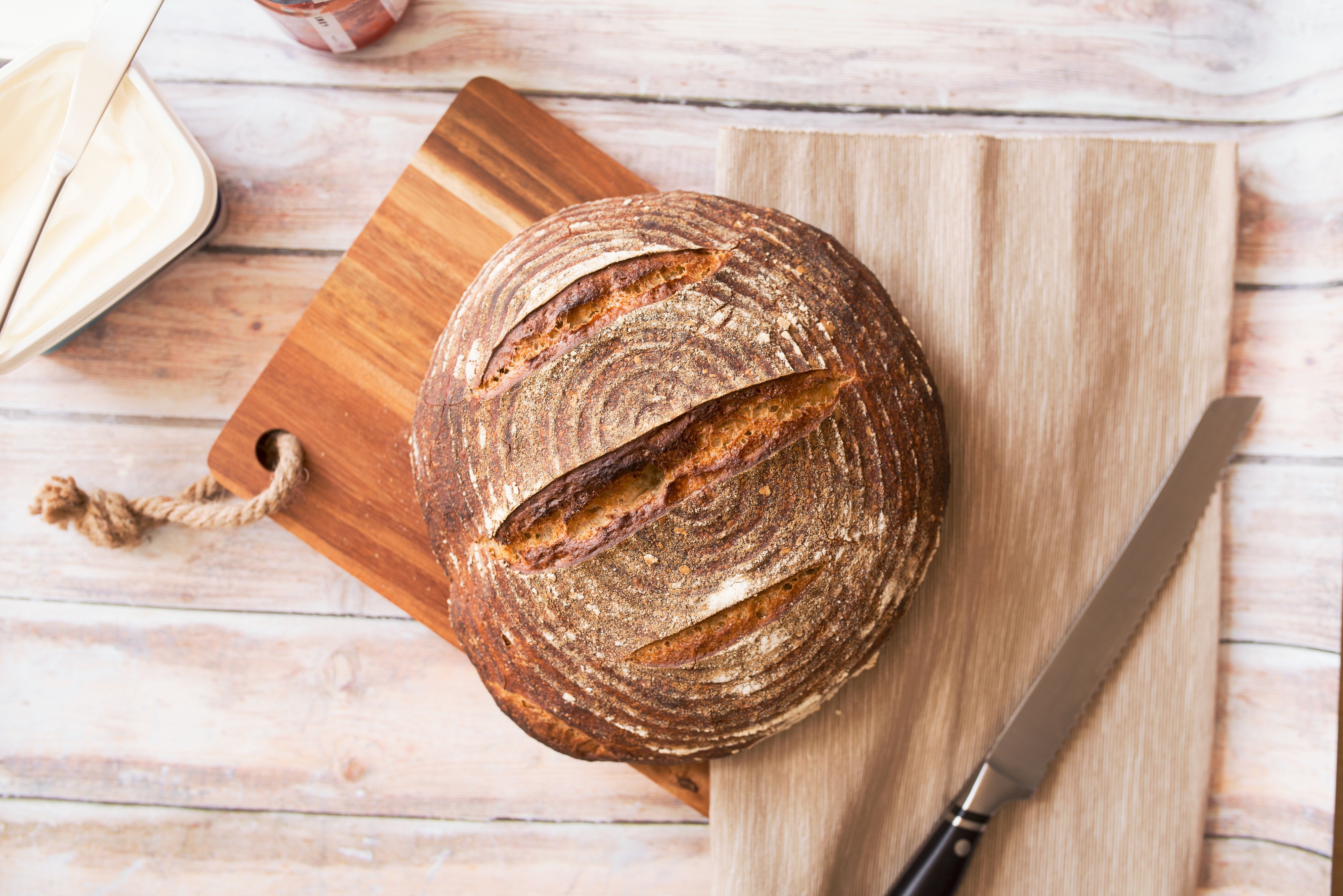 Photo by Ben Garratt on Unsplash
Photo by Ben Garratt on Unsplash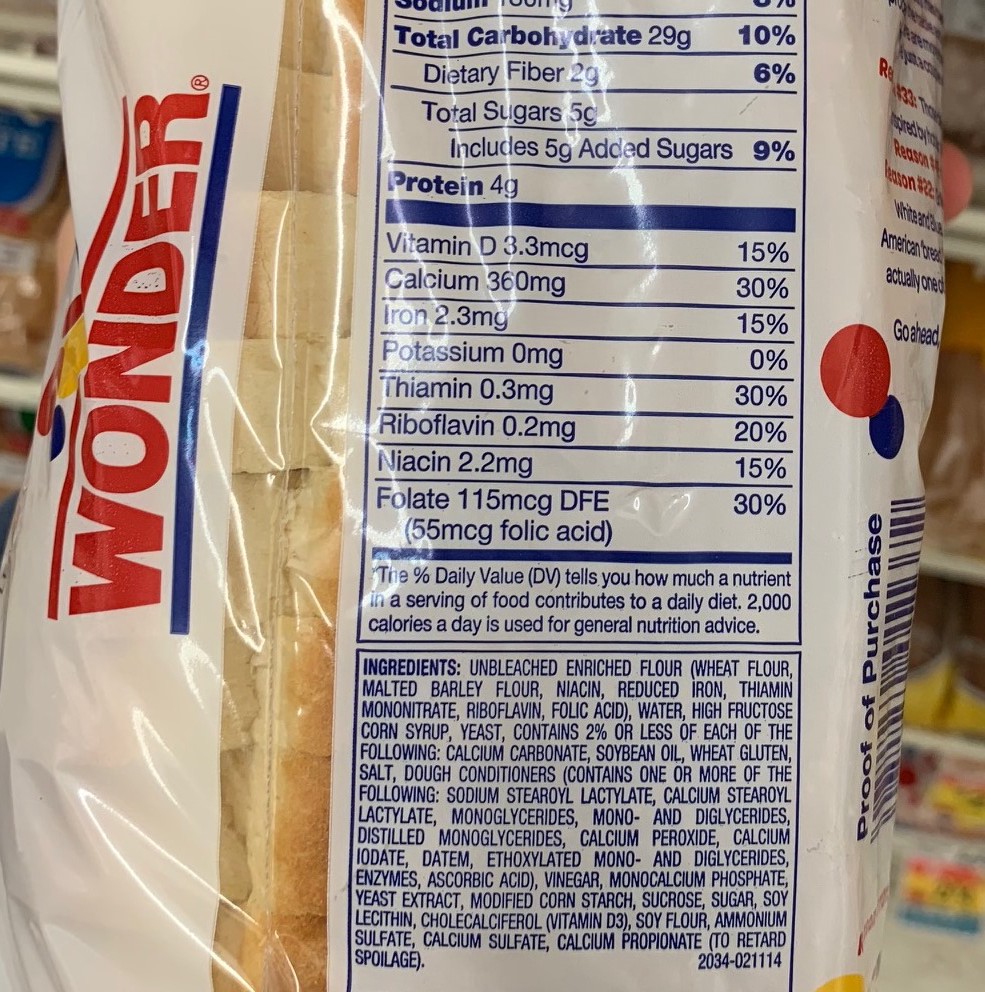 Wonder Bread Classic White Nutrition Information
Wonder Bread Classic White Nutrition Information
It?s no surprise that Wonder Bread is remarkably white and light, stays soft and ?fresh? on the shelf for weeks, and presumably is quite fast and cheap to produce.
But the use of unhealthy additives is not restricted only to the likes of Wonder Bread.
Take Nature?s Own Honey Wheat Bread, for example. You?d think this bread would be pretty good for you. After all, Nature?s Own promises no artificial preservatives, colors, or flavors, and no high fructose corn syrup.
Plenty of people seem to be buying into this promise ? The Nature?s Own website says their Honey Wheat bread is the #1 selling loaf of bread in the U.S.
But look a bit deeper, and you?ll notice that in each loaf of that bread you?ll get inflammatory-fat-laden soybean oil, monoglycerides, and DATEM ? a shelf-stabilizing emulsifier that is often made from artery-clogging partially hydrogenated oils.
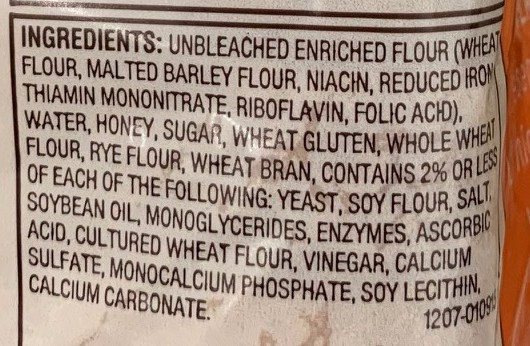 Nature?s Own Honey Wheat Bread Ingredients
Nature?s Own Honey Wheat Bread Ingredients
Nature?s Own shouldn?t feel so bad, though. Both the 100% Whole Wheat bread from Arnold and the 100% Whole Wheat bread from Pepperidge Farm also include soybean oil, monoglycerides, and DATEM. Buyer beware.
There is just a lot of junk in mass-produced bread these days, even in the supposed ?healthy? stuff. It is affecting the way that we feel on a daily basis and impacting our long-term health.
I believe over-processing and unhealthy additives are to blame for the spike in ?gluten sensitivity? in recent years, and not actually the gluten itself (excluding the small percentage of people who have Celiac disease). Gluten gets a bad rap, but we should really be looking elsewhere.
But instead of obsessing over all of the bad stuff that is put into our bread, and how it?s making us sick and tired, I?ll instead focus on the type of bread we actually should be eating.
For starters, aim to get as close to the original recipe for bread as possible. If you can find bread with only the four original ingredients (flour, yeast, water, salt) ? or close to it ? you?re well on your way.
If you can buy that bread from the person who actually baked it (and can tell you how they baked it), that?s even better.
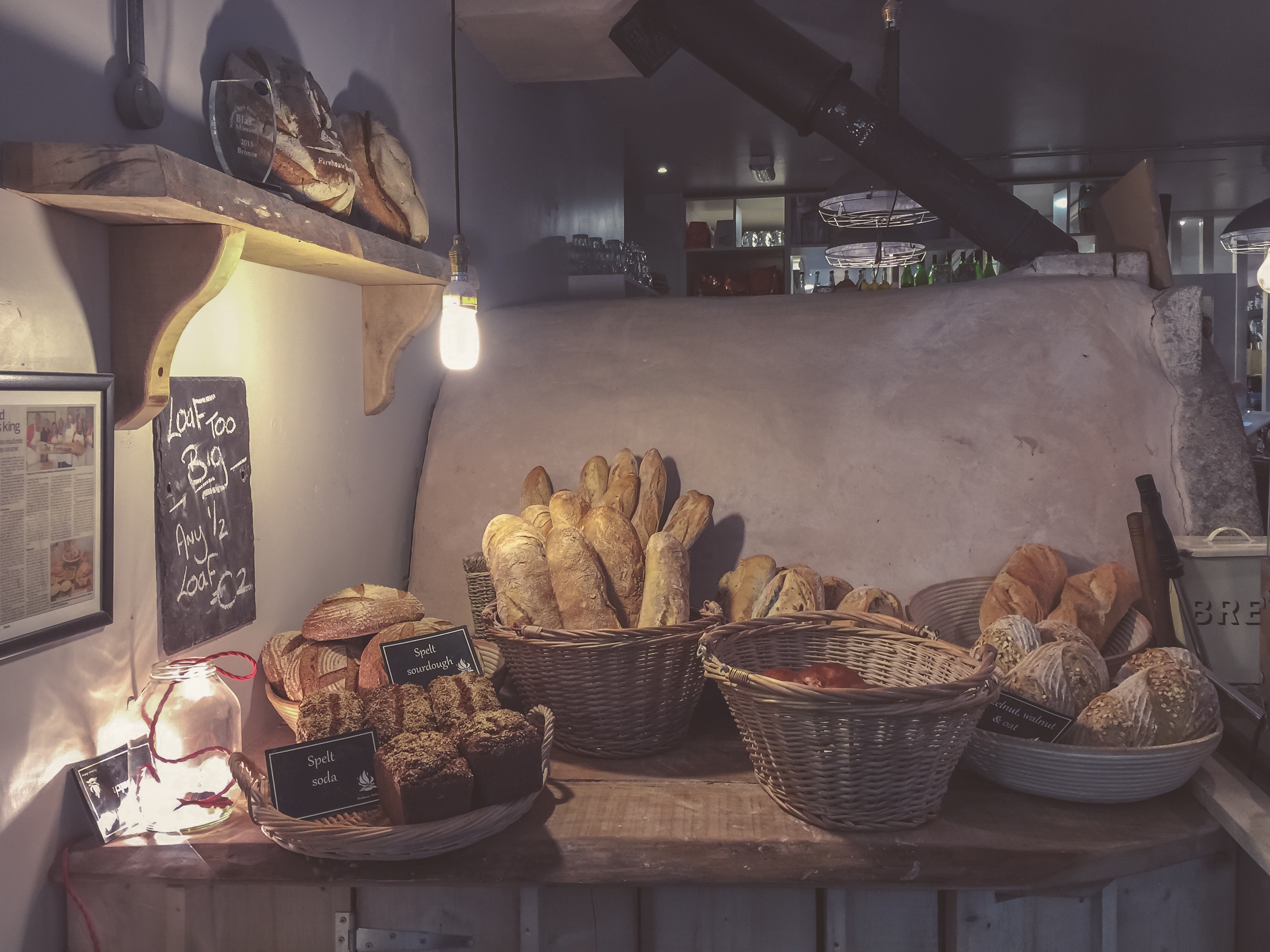 Photo by Drew Coffman on Unsplash
Photo by Drew Coffman on Unsplash
But you also want to make sure that the flour used has not been bleached, refined, or ?enriched? ? which is typical in most commercial bread today ? otherwise the nutrition content has already been stripped out. Enriched white flour causes your blood sugar to spike, and can lead to weight gain and a range of diet-related diseases.
On the other hand, true whole grains (those not bleached, refined, or enriched) are nutrient-dense, keep you full longer, and have a milder effect on blood sugar.
We know that whole grains are healthier than white flour, but we also know that the front of bread packaging cannot be trusted. Words like multigrain, whole grain, and whole wheat show up on nearly every package of bread these days, and it is very misleading.
Instead, you need to look on the back of the label and perform some basic math to ensure you are really getting whole grains without the additives.
Specifically, look at the label and make sure the serving size ratio of carbs to fiber is equal to or less than 5-to-1 (for example, if you divided 15 grams of carbs by 3 grams of fiber, that would equal 5 and would be acceptable). Authentic whole grain bread is naturally high in fiber because the wheat germ and bran are still included.
Following the 5-to-1 rule is the way to buy healthy bread, according to Dr. Michael Greger, author of the groundbreaking book How Not To Die.
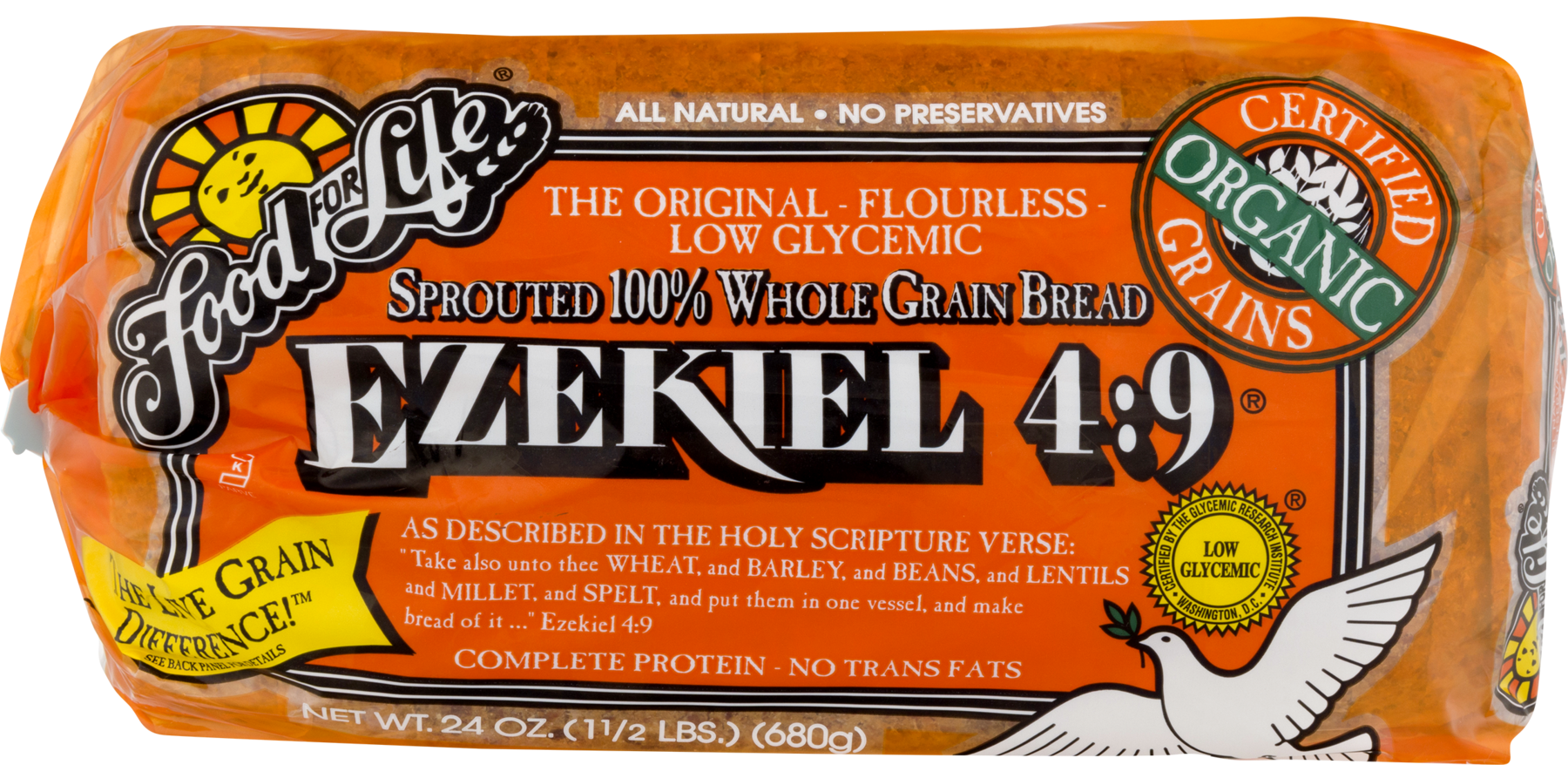 Ezekiel 4:9 is a great, healthy bread option
Ezekiel 4:9 is a great, healthy bread option
I am a big fan of the Ezekiel 4:9 sprouted whole grain bread from the Food For Life brand. The low sodium version of that bread is arguably the healthiest bread in the grocery store.
With 15 grams of carbs and 3 grams of fiber, Ezekiel 4:9 bread passes the health test. The science on the potential benefits of sprouted grains is still in its early stages, but available data points to many health benefits.
 Mack?s Flax is another approved bread option
Mack?s Flax is another approved bread option
Mack?s Flax bread from Silver Hills Bakery is another tasty and approved option (18g Carbs, 5g Fiber, 3.6 ratio).
Eating just 3 portions of whole grains a day (equivalent to 3 slices of the above approved breads) appears to be as powerful as high blood pressure medications in alleviating hypertension.
Just 3 portions of whole grains have been shown to reduce the risk of getting a heart attack by 15%, and the risk of getting a stroke by about 25%.
In case you are wondering, none of the ?offending? breads mentioned in the previous section pass the 5-to-1 test. Wonder Bread Classic White (29g Carbs, 2g Fiber, 14.5 ratio), Nature?s Own Honey Wheat (14g Carbs, less than 1g Fiber, 14 ratio), Pepperidge Farm 100% Whole Wheat (23g Carbs, 3g Fiber, 7.6 ratio), and Arnold 100% Whole Wheat (22g Carbs, 3g Fiber, 7.3 ratio) all clock in with more than a 7-to-1 ratio of carbs to dietary fiber. Some are better than others, but all should be avoided in favor of healthier options.
I choose to eat my Ezekiel 4:9 morning toast with olive oil, which has also been shown to have a range of health benefits.
Another option for healthy bread is to do as the Ikarians do.
You may have heard that Ikaria, Greece is one of the world?s Blue Zones ? the places around the world with the highest life expectancy. Ikaria has been called the island where people forget to die. Residents of Ikaria stay healthy into their 90s and 100s with very little risk of Alzheimer?s, dementia, or any other diseases of old age.
Ikarians eat true sourdough bread that does not contain bakers yeast. Instead, their sourdough bread utilizes a lactobacilli (a beneficial strain of naturally-occurring bacteria) based starter culture, which ?digests? the starches and glutens while making the bread rise. This process creates an acid that gives sourdough its slightly sour taste. The resulting bread actually has less gluten than even breads labeled ?gluten free,? and has a naturally longer shelf life. True sourdough bread is slow-burning and nutrient-rich.
However, most ?sourdough? breads found in stores are actually fakes, containing yeast and/or a sweetener. Go to your local bakery or grocery store and ask how they make their sourdough to ensure you get the real thing (made from real sourdough starter instead of yeast). Or bake your own Ikarian-style sourdough bread using this Blue Zones recipe.
The bottom line is that bread can play an important role in your diet, but you have to pay close attention and select wisely.
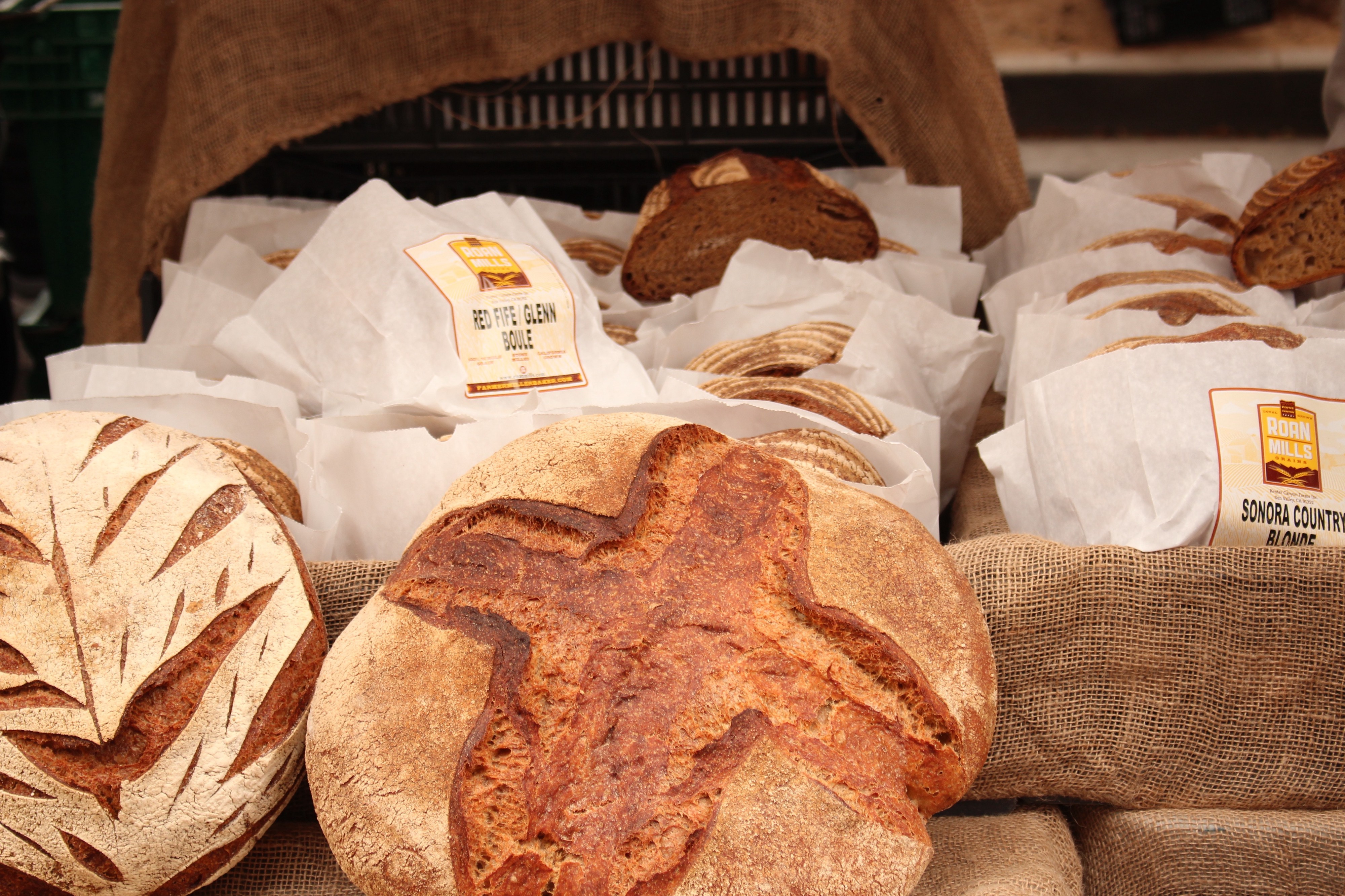 Photo by Liene Vitamante on Unsplash
Photo by Liene Vitamante on Unsplash
Choose bread with the fewest number of ingredients (ideally baked fresh, locally).
Make sure you are getting nutrient-dense 100% whole grain bread by following the 5-to-1 carbs-to-fiber rule.
Or opt for true sourdough bread like the centenarians in Ikaria eat.
Follow these simple rules and you can continue enjoying all of the pleasures of bread without the negative health consequences.

